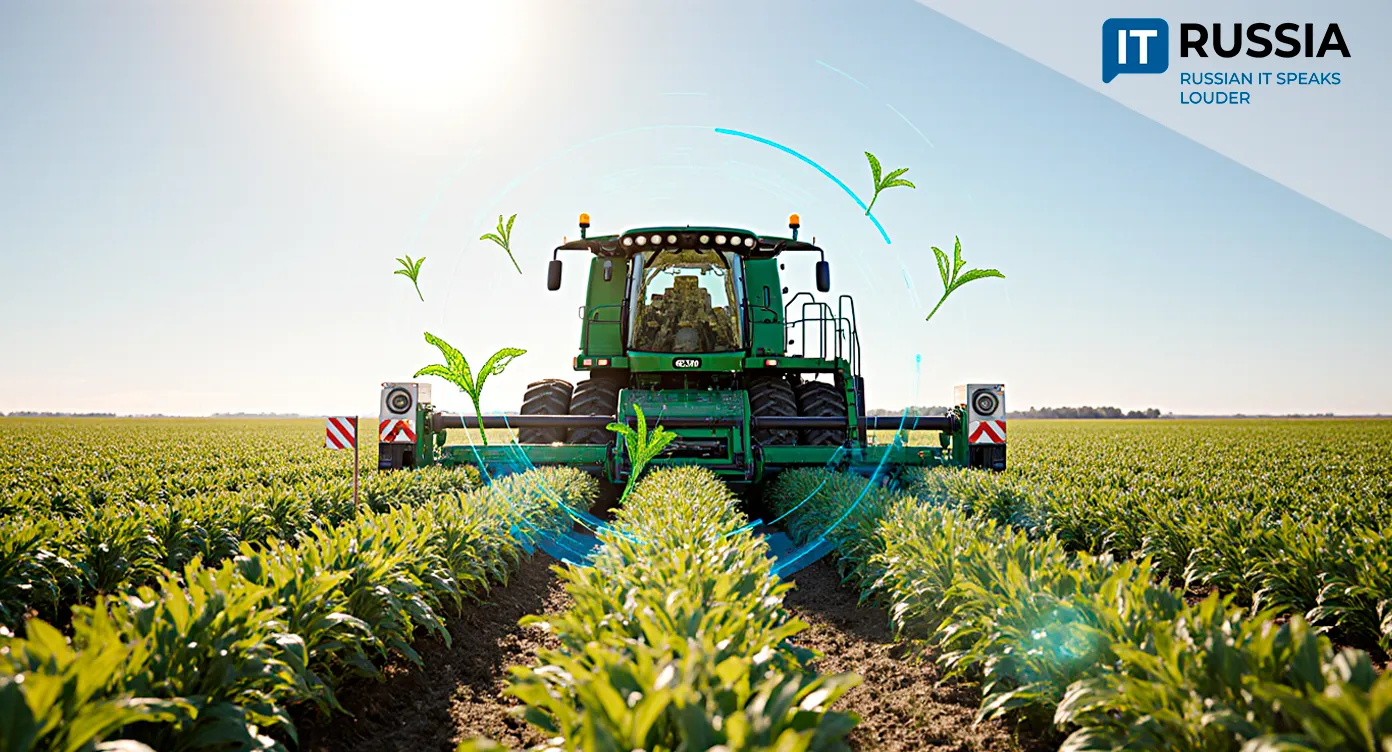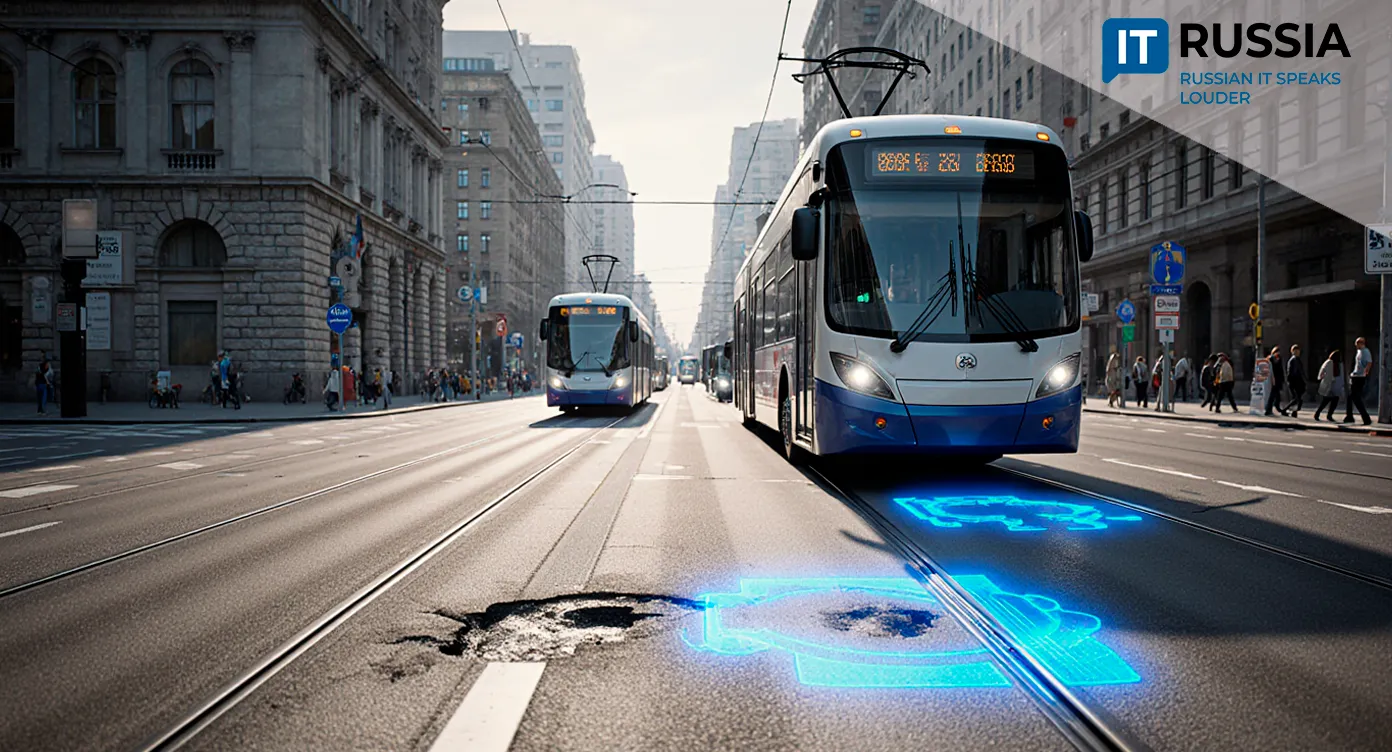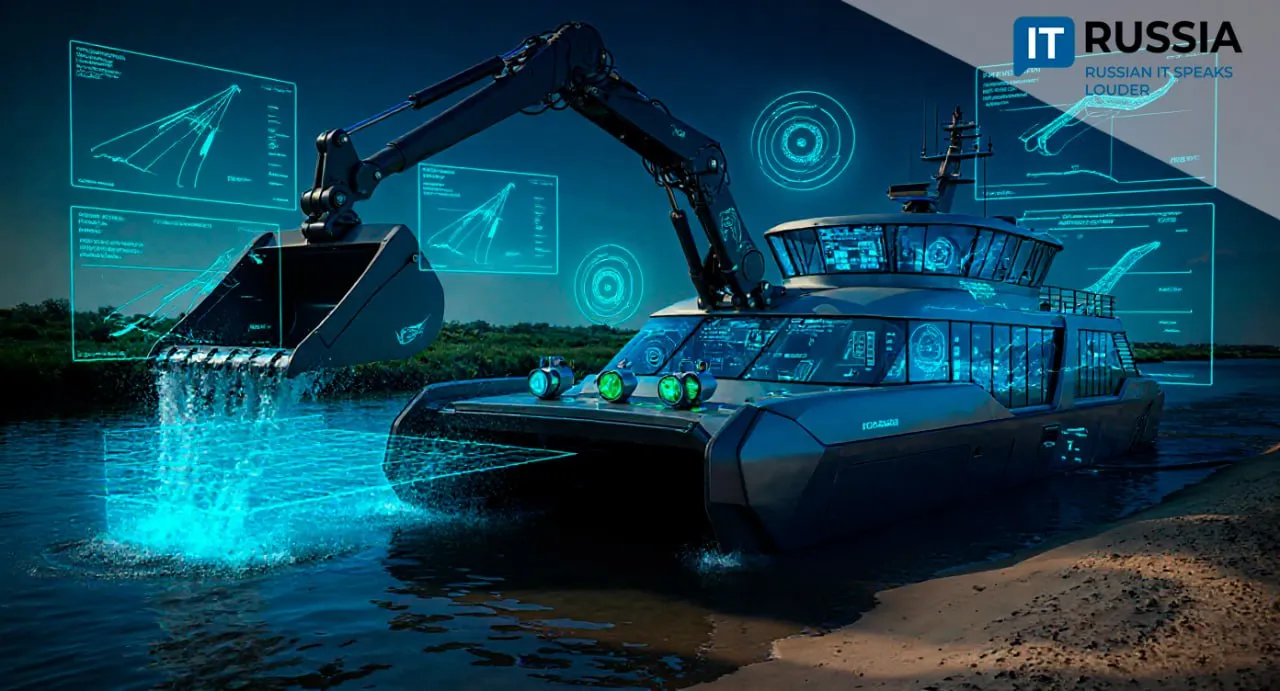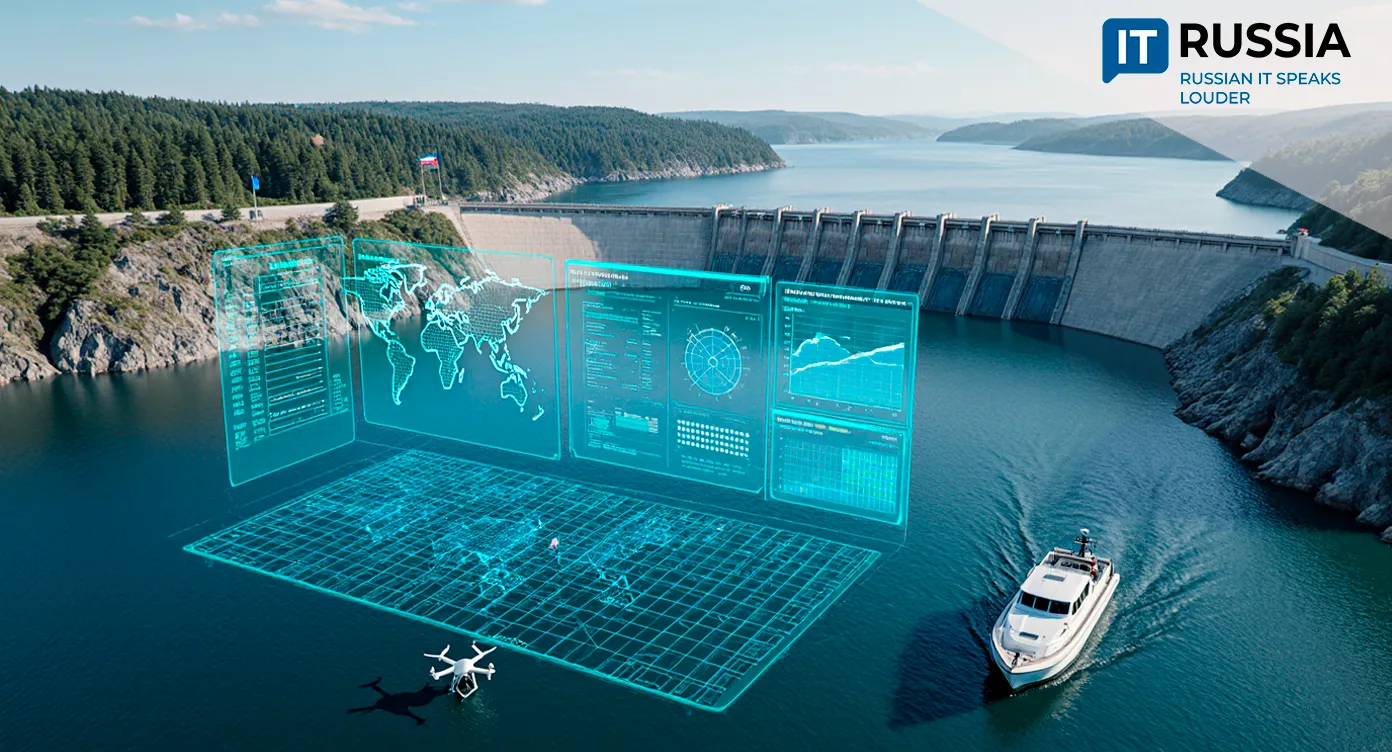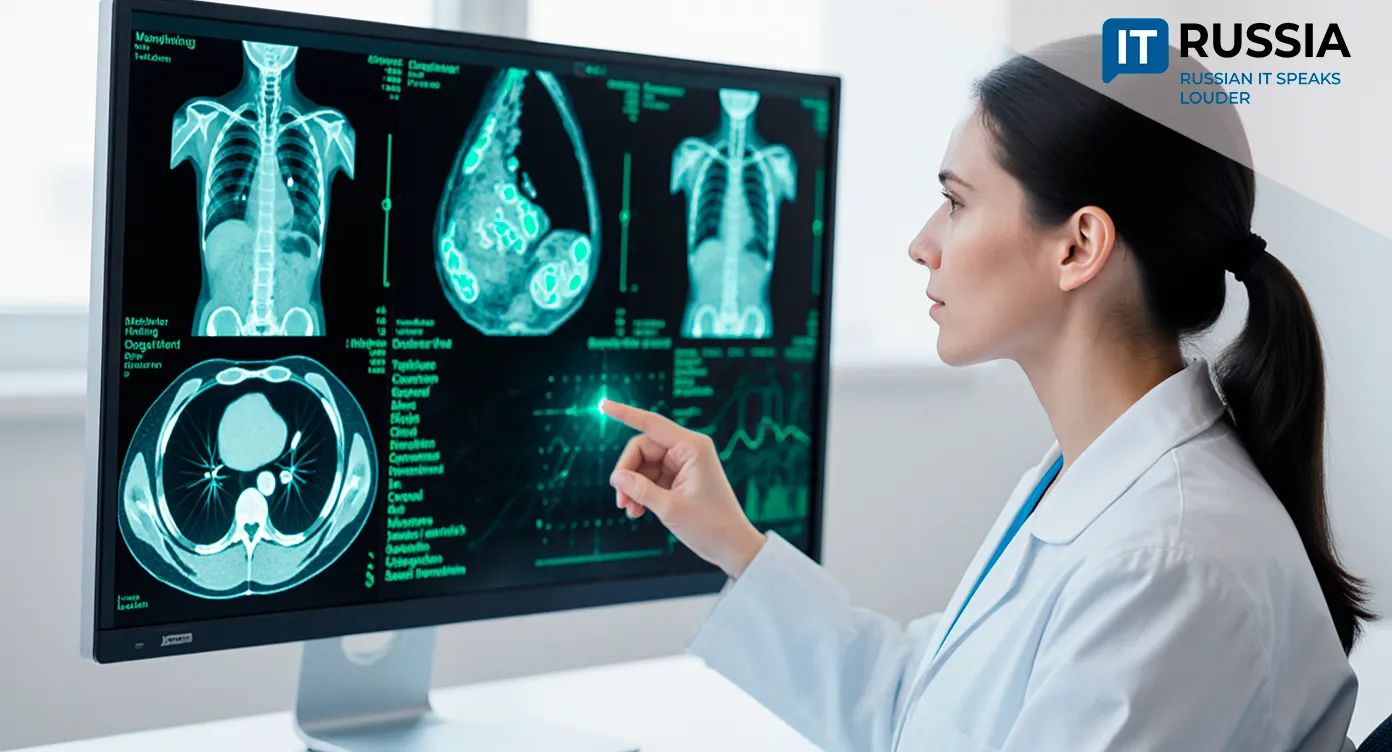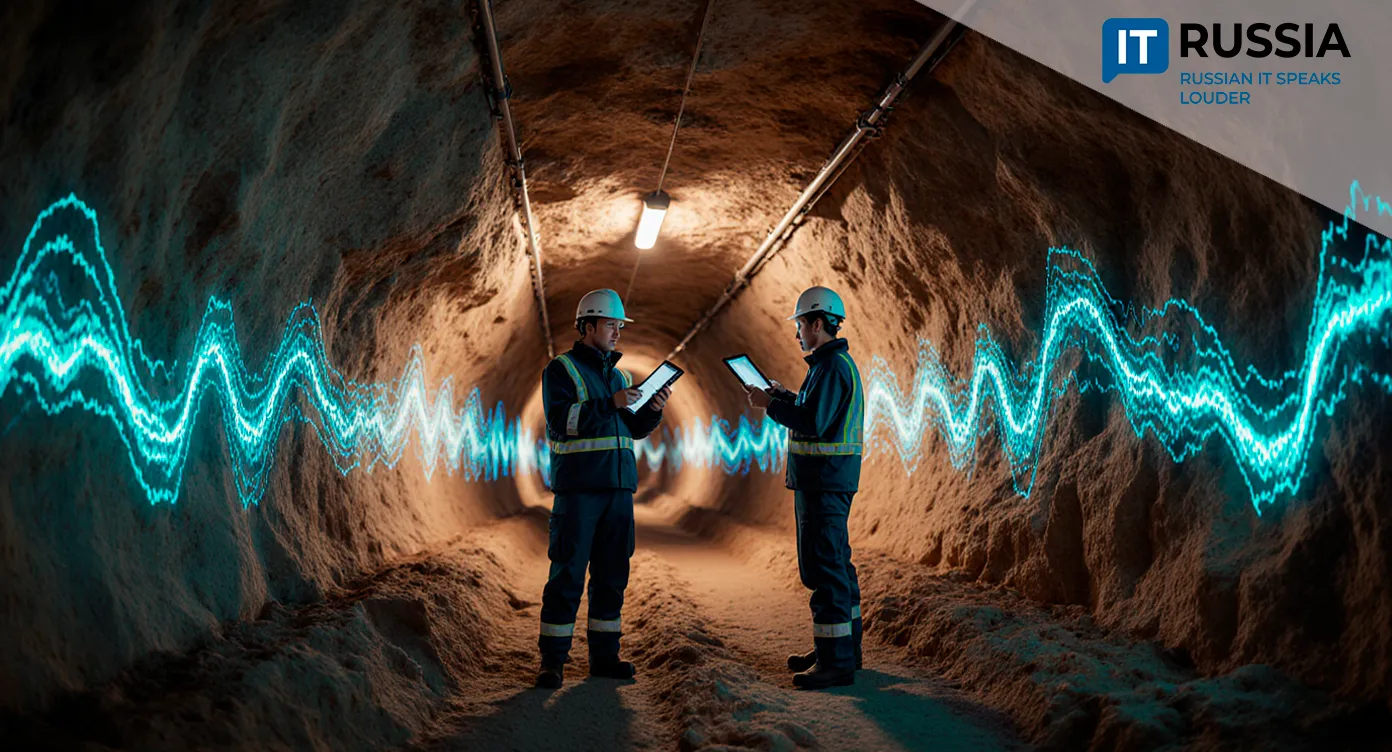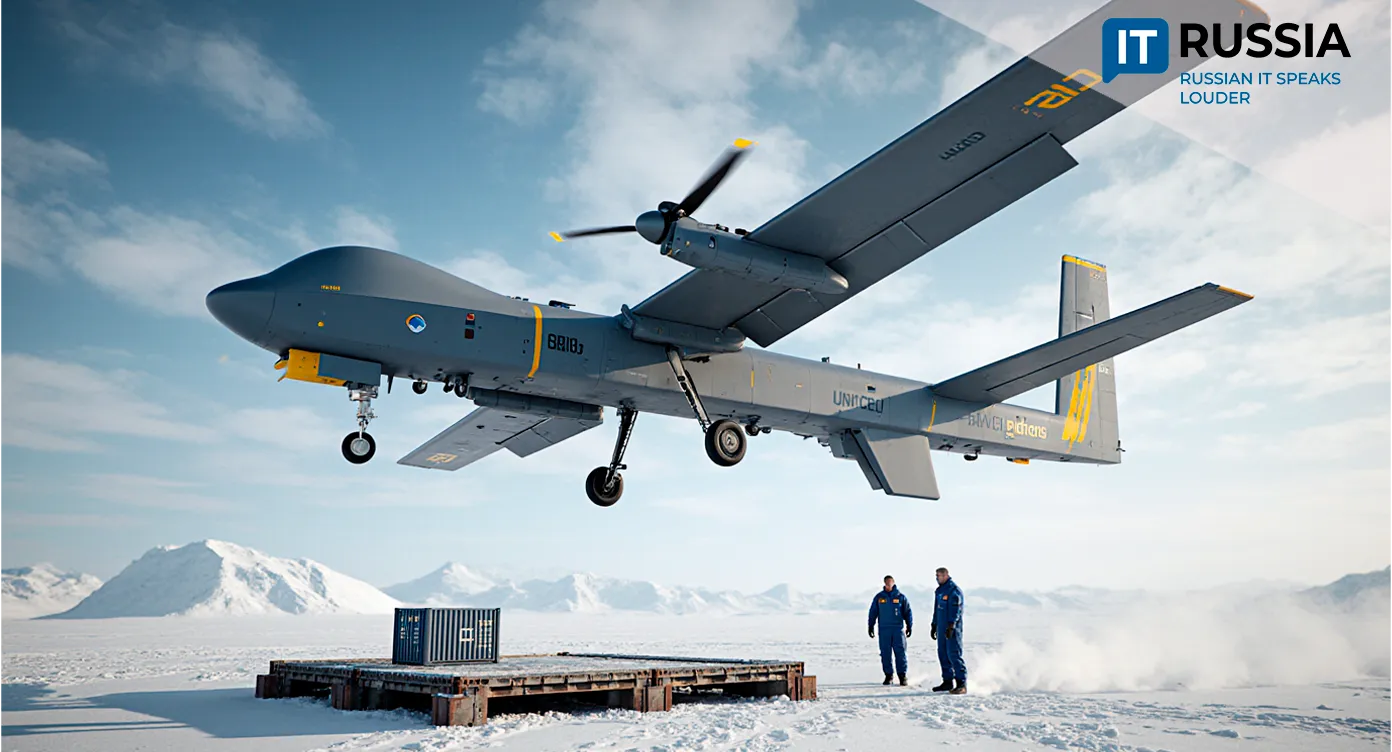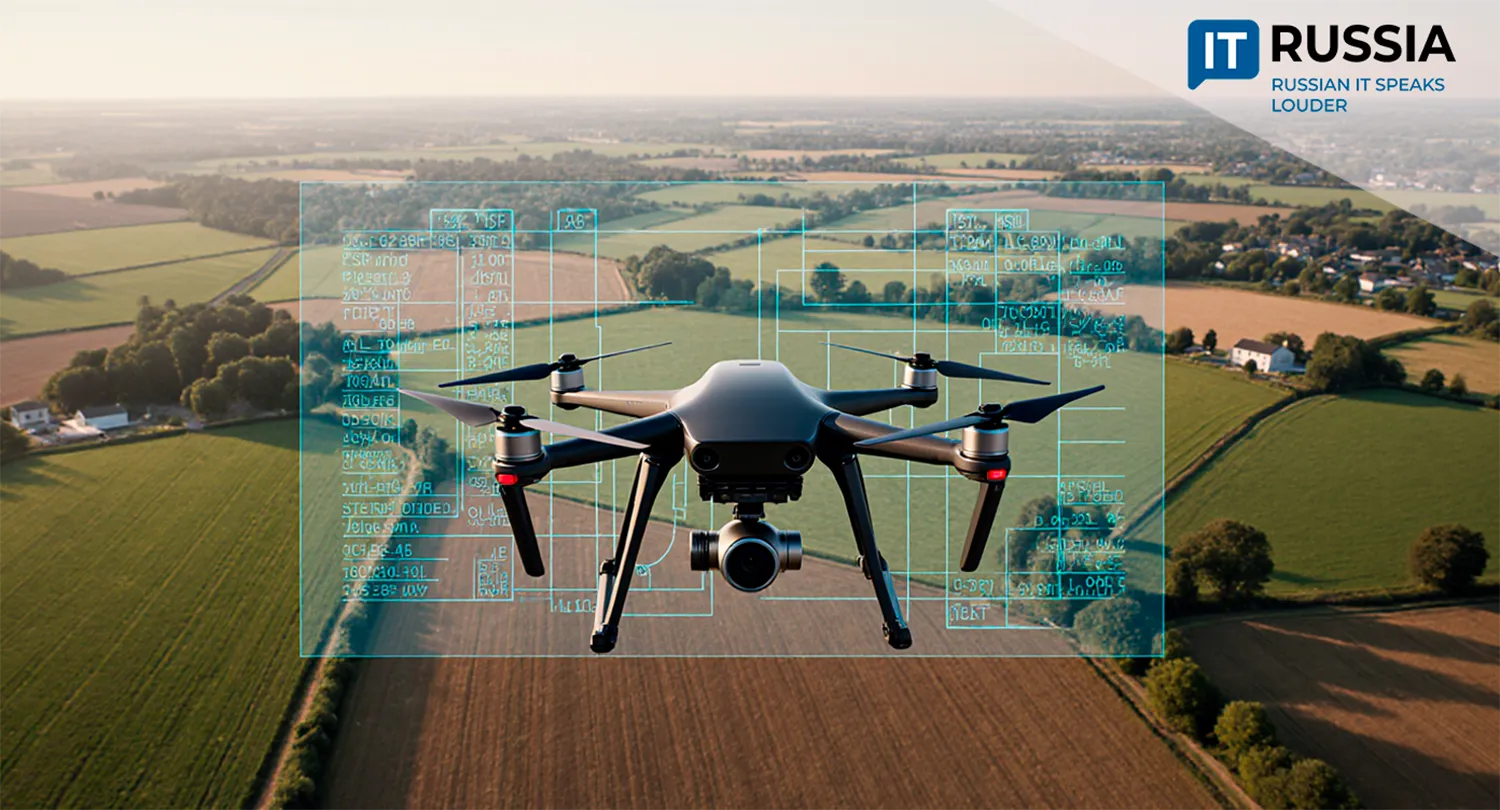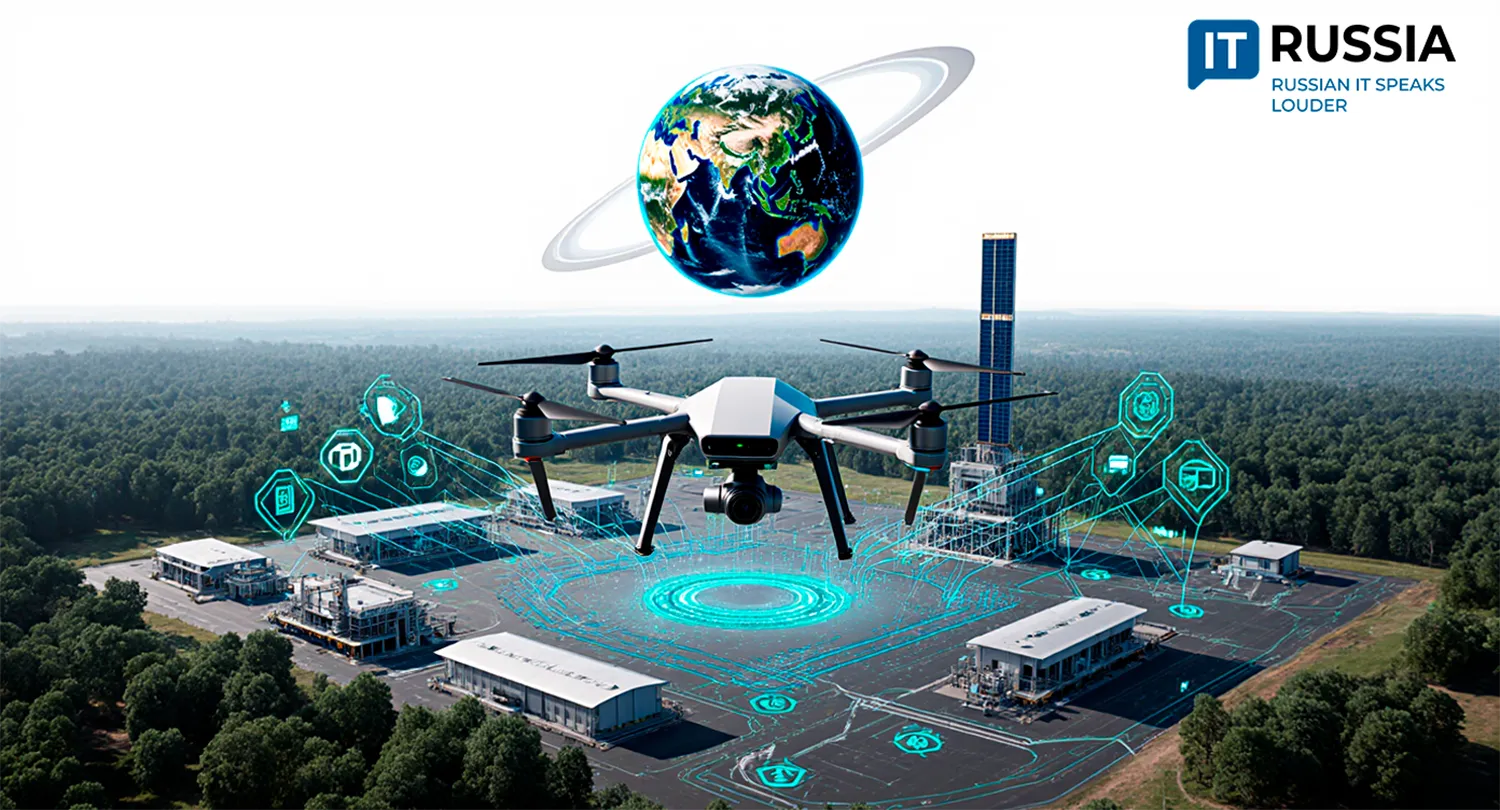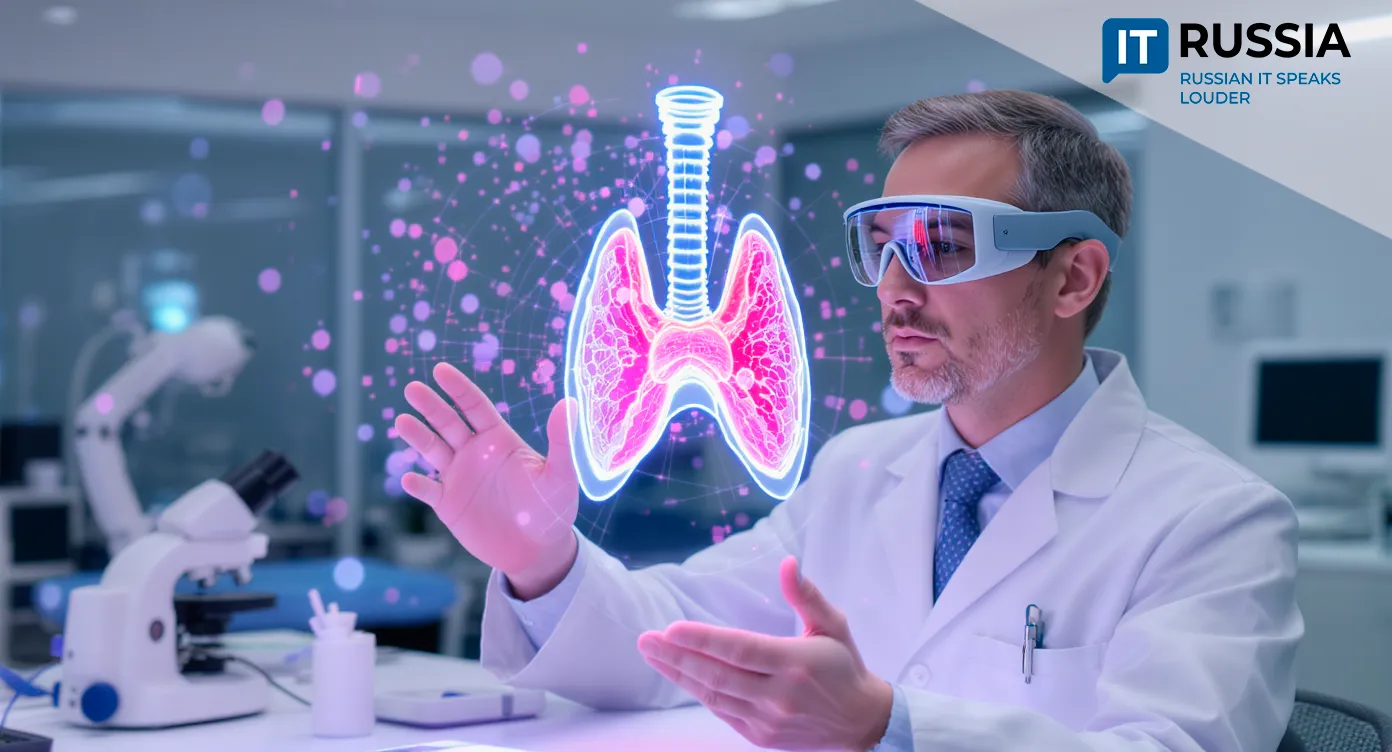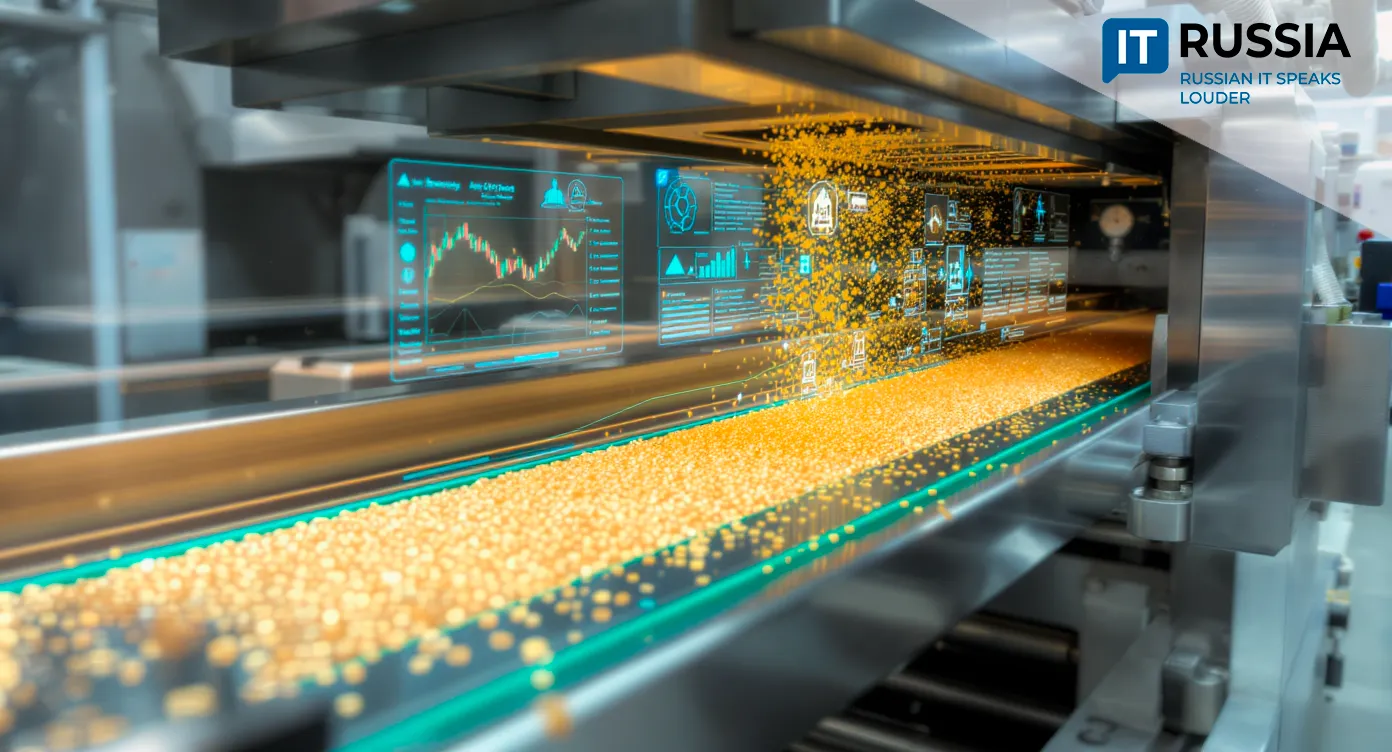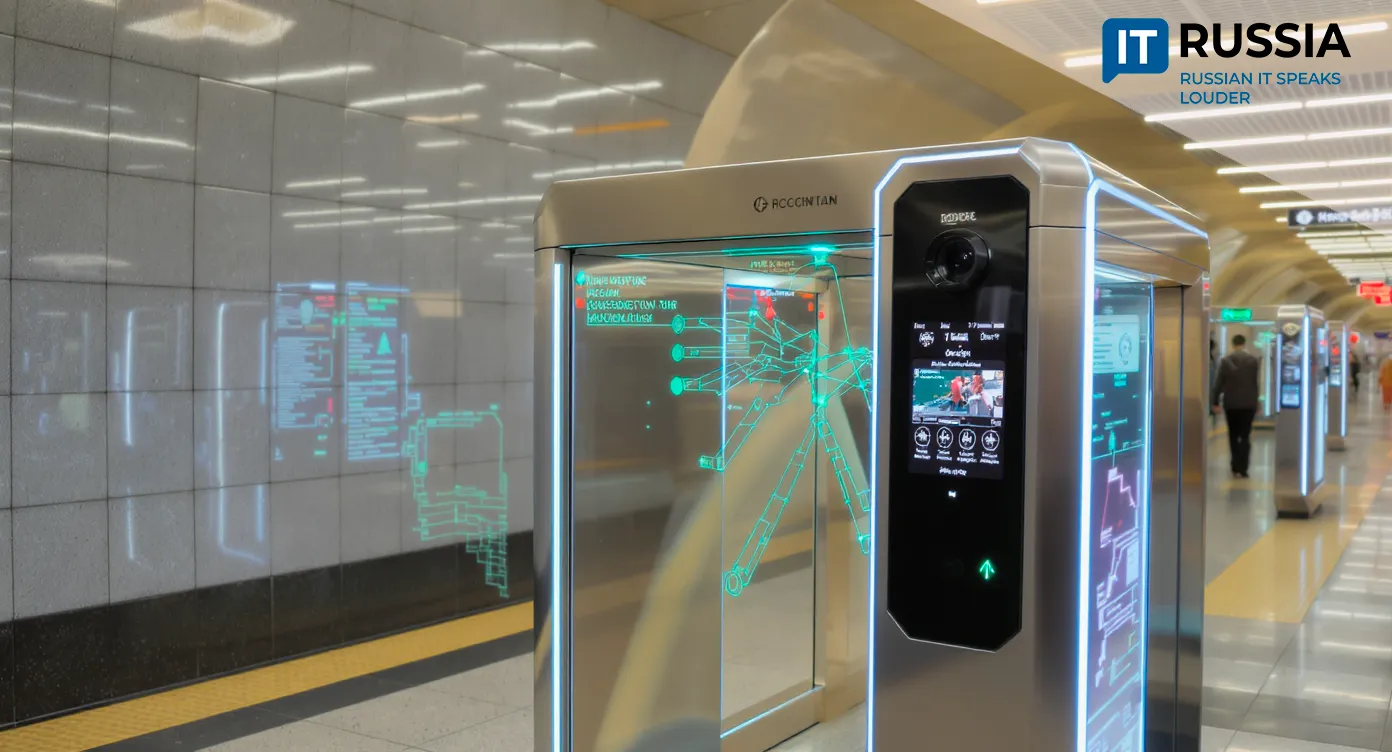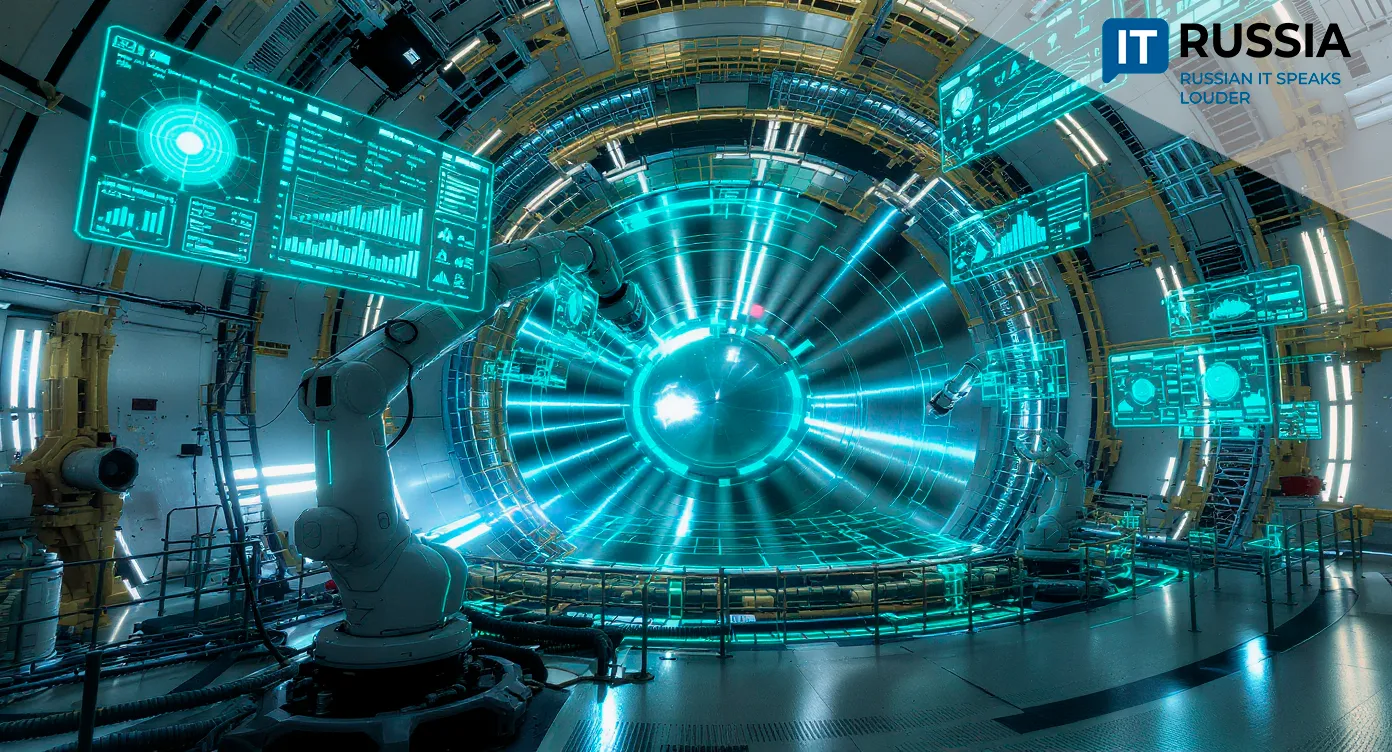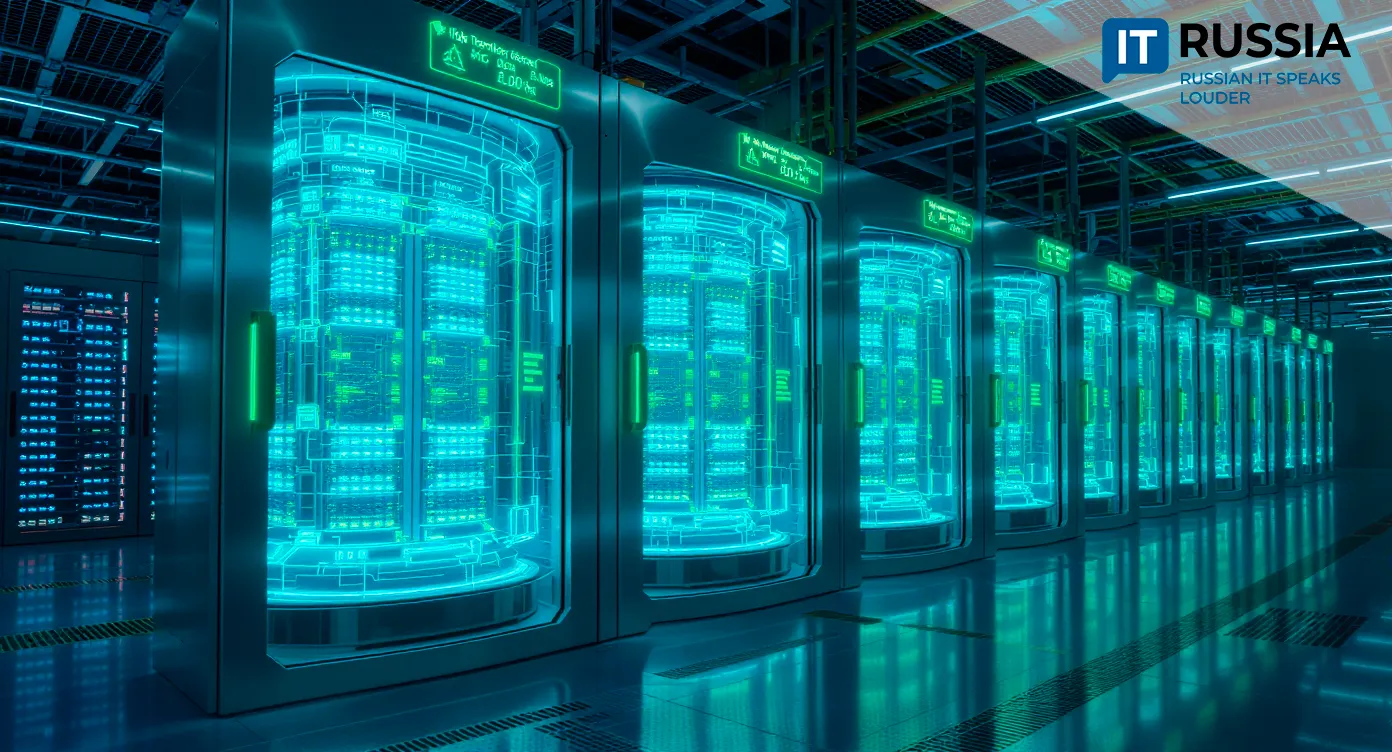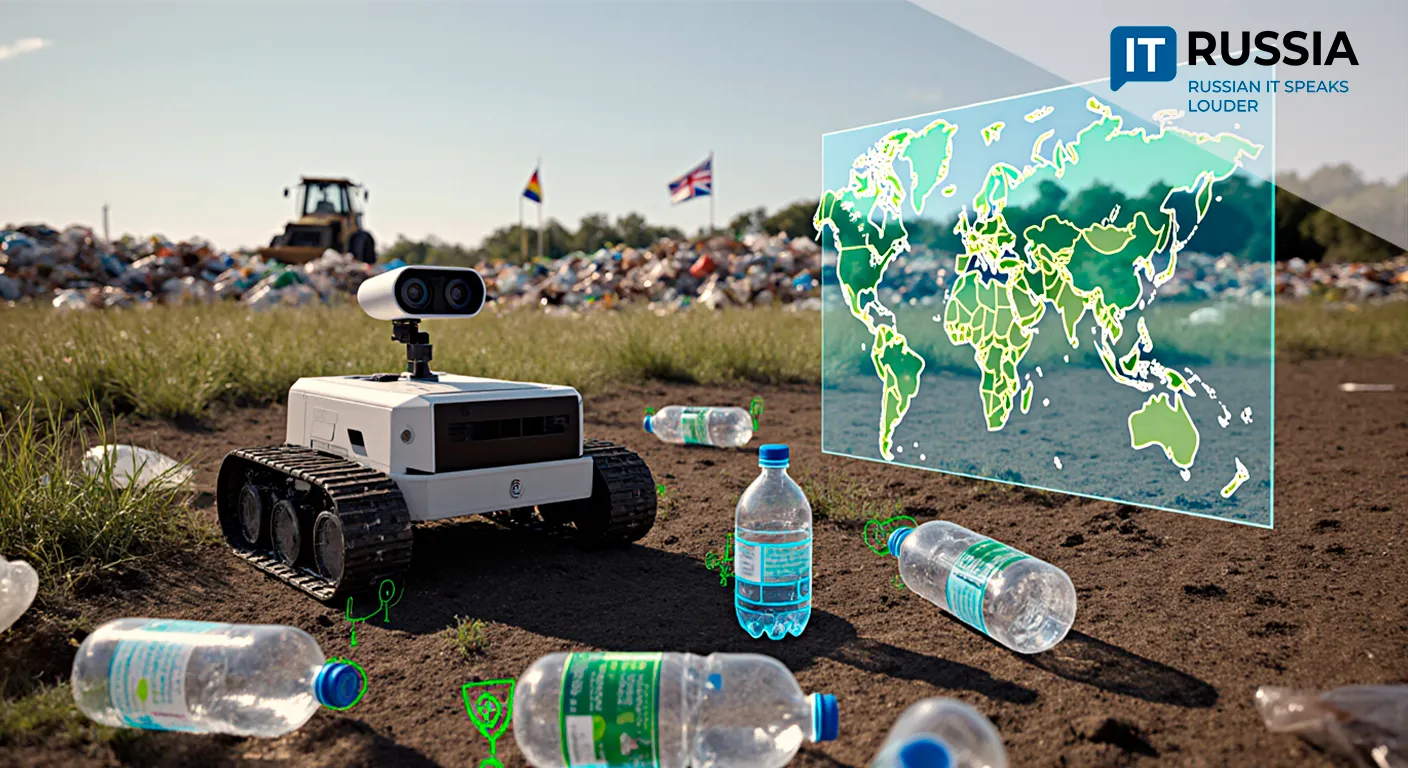Russian Neural Network Predicts Nuclear Plant Accidents
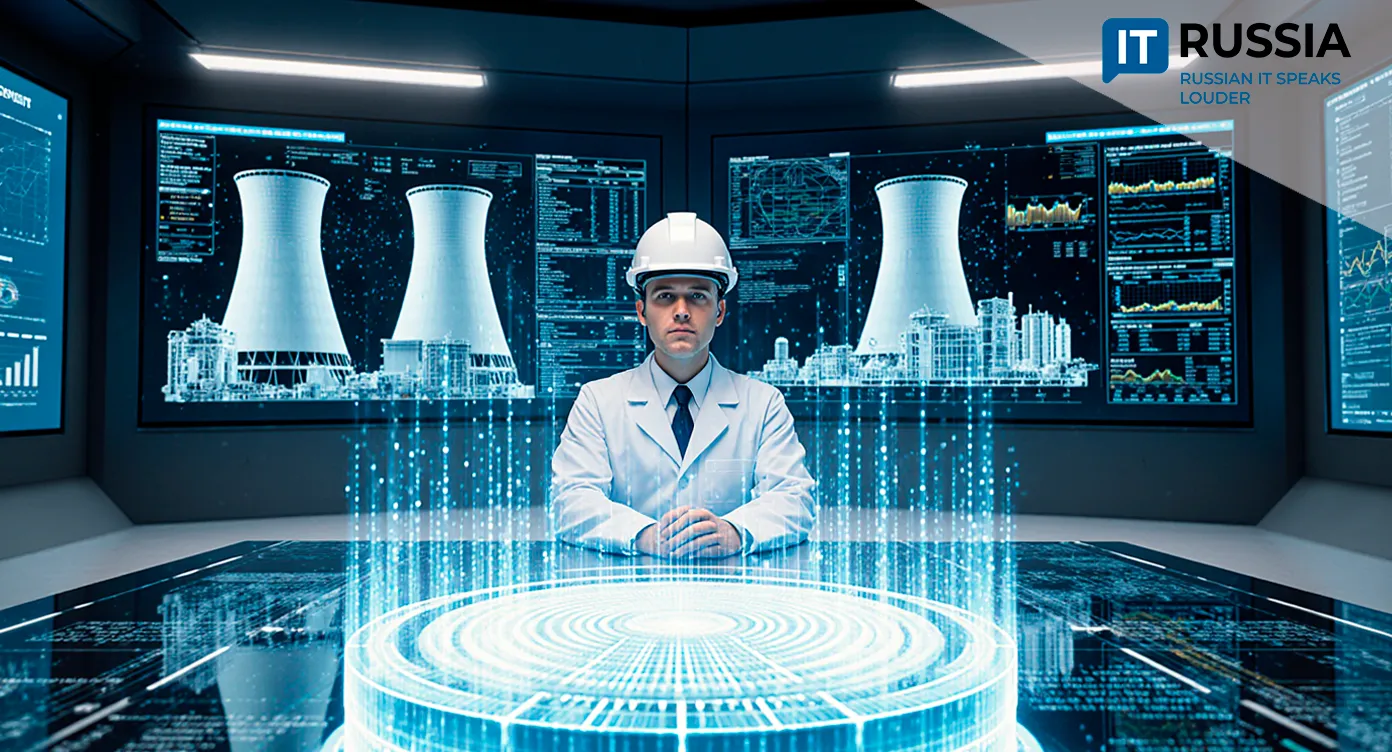
Russia has unveiled a unique artificial intelligence system capable of identifying hazardous scenarios at nuclear power plants in advance. Developed by the Kurchatov Institute, this innovation promises to elevate nuclear safety to a new level—offering real-time forecasting and rapid prevention of the most severe accidents.
A New Technology for Nuclear Safety
Scientists at the National Research Center ‘Kurchatov Institute’ have created a neural network designed to more accurately forecast risks during severe accidents at nuclear power plants. The system analyzes key thermophysical parameters of a reactor and models potential accident scenarios, including the most dangerous phenomenon—‘recriticality,’ when a chain reaction in the reactor may spontaneously resume.
Unlike traditional computational programs, which require immense computing power, the new neural network processes data much faster while maintaining high predictive accuracy.
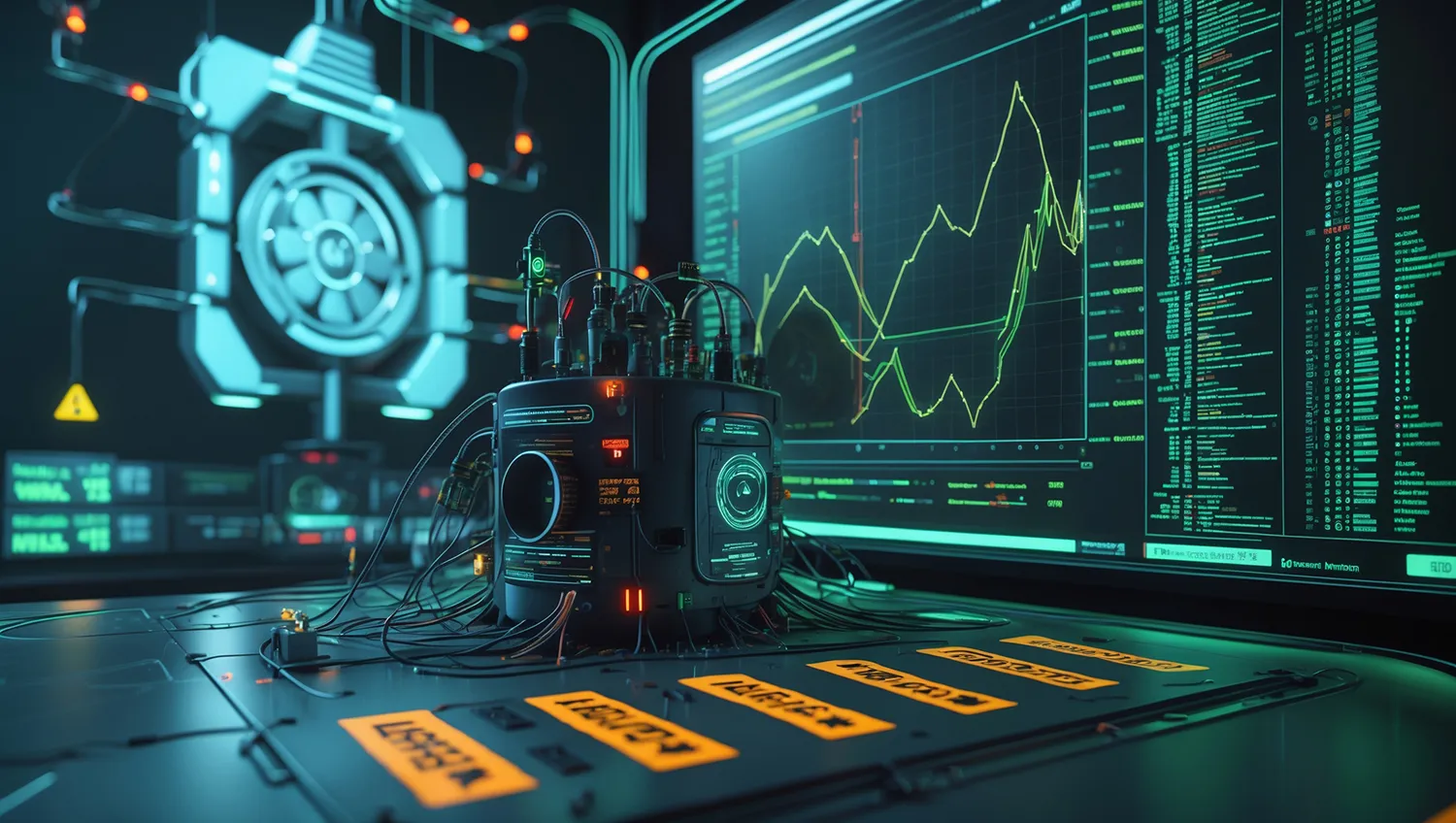
From Conservative Methods to AI
The idea of using artificial intelligence in nuclear power has been discussed in Russia for several years. Before the development of this neural network, specialists relied on conservative analysis methods, using inflated safety coefficients. While this approach reduced risk, it did not always provide a realistic picture of how events might unfold.
Historically, reactors have been designed with multiple layers of protection, but major accidents in global nuclear history—such as Fukushima—have shown that timely and accurate forecasting during a crisis can play a decisive role. This new development takes that lesson into account, offering a tool that combines accumulated knowledge with modern analytics.
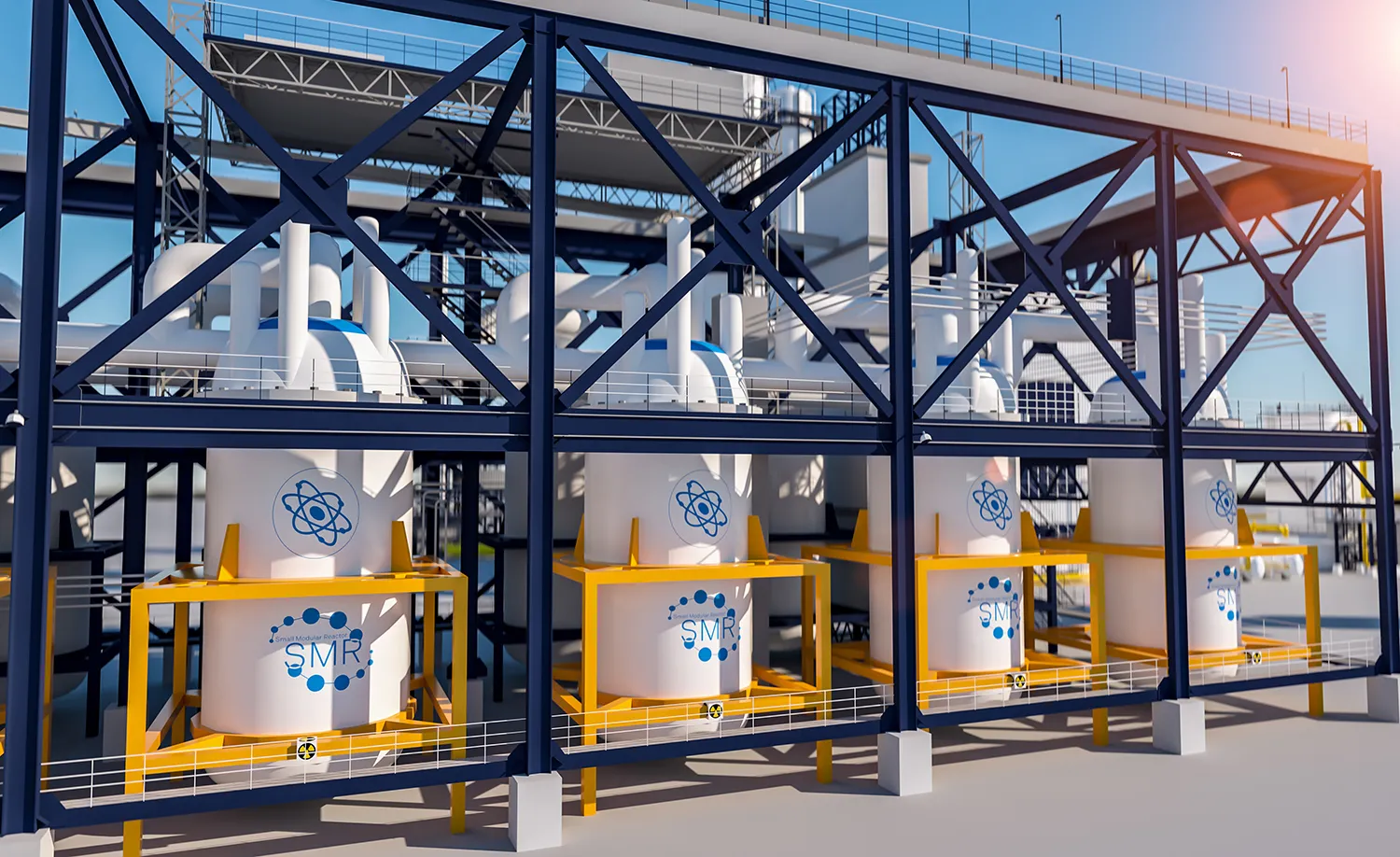
How the Model Works
The neural network processes data on the reactor core’s condition: coolant density distribution, neutron multiplication factor, temperature, and other parameters. Based on this data, it forecasts the likely progression of events, assessing the probability of transitioning to dangerous operating modes.
To improve efficiency, scientists created separate neural networks for different accident phases rather than a single universal model for all scenarios. This approach enables both high calculation speed and detailed forecasting.
Integration into Nuclear Power Plants
Developers plan to integrate the neural network into the monitoring systems of Russian nuclear power plants, enabling it to operate in real time and alert operators to potential threats before they become critical.

The potential extends beyond domestic use: considering Rosatom’s export projects in Turkey, Egypt, India, Bangladesh, and other countries, this technology could become an important addition to supply packages. Its implementation would enhance the competitiveness of Russian reactors in the global market and strengthen Russia’s image as a leader in nuclear safety.
A New Level of Nuclear Plant Safety
The Kurchatov Institute’s neural network represents a step toward a new safety paradigm in nuclear power—where artificial intelligence becomes not just an auxiliary tool, but a central one.
In the coming years, the system’s capabilities are expected to expand—from predicting accident scenarios to automatically selecting optimal response measures. If successfully implemented, it could help reduce the likelihood of severe accidents to a minimum and set a new international standard in the nuclear industry.






